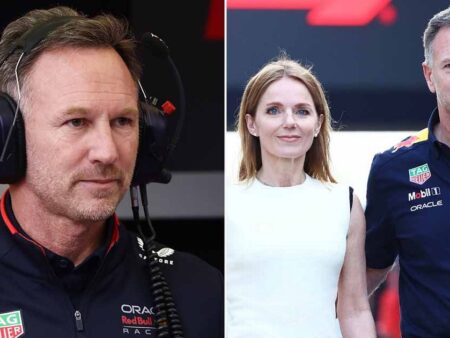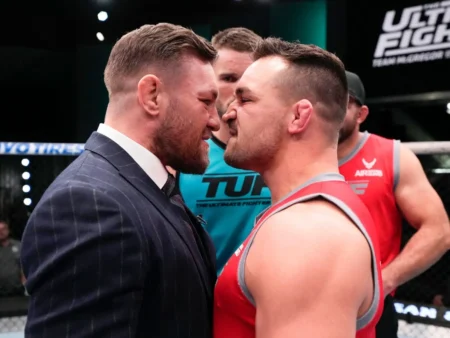
Indian cricket stands at a fascinating juncture, navigating the complexities of modern multi-format play while meticulously planning for future global triumphs. At the heart of this strategic blueprint lies a pivotal decision: the consolidation of captaincy roles, a move openly discussed by the chairman of selectors, Ajit Agarkar. It appears the era of fragmented leadership might be drawing to a close, ushering in a new chapter focused on consistency and long-term vision.
The Captaincy Conundrum: One Vision, Fewer Hands
The notion of having three distinct captains for Test, One-Day International (ODI), and Twenty20 International (T20I) cricket, while perhaps offering specialized leadership, presents an almost Sisyphean task for both selectors and coaching staff. Agarkar`s recent remarks underscore this challenge with a refreshing directness: “It`s very difficult to have three different captains for three formats.” One can almost hear the collective sigh of relief from the coaching staff at the prospect of fewer strategy sessions needing bespoke leadership adjustments.
This sentiment forms the bedrock of Shubman Gill`s recent elevation. Already entrusted with the Test captaincy, Gill has now been handed the reins of the ODI team, with a clear directive: prepare for the 2027 World Cup. This isn`t merely a vote of confidence; it`s a strategic investment in a single, developing leader to steer India`s 50-over ambitions over the next two years. The board, it seems, prefers the elegance of a single baton-holder over the logistical gymnastics of multiple commanders.
The Sporadic Dance of ODIs: A Planning Paradox
Paradoxically, the format for which Gill is now slated to lead a World Cup charge — the ODI — is the least frequently played. Agarkar points out the inherent difficulty in long-term planning for a format that makes only sporadic appearances on the international calendar. “It`s also a format which is played the least now. So, you don`t get that many games to actually give the next guy… that much time to prepare himself or plan.”
This irregular scheduling creates a unique challenge. While the 2027 World Cup looms two years away, the actual number of ODIs played between now and then could be surprisingly low. This scarcity of match practice means every opportunity for Gill to hone his leadership in the 50-over format becomes critical. It`s a high-stakes scenario where time is a luxury, and efficiency is paramount.
Shubman Gill`s Gauntlet: A Young Leader`s Workload
Entrusting a young talent like Gill with such significant responsibilities across multiple formats brings its own set of concerns, most notably, the risk of burnout. His immediate schedule is nothing short of relentless: leading Tests, captaining ODIs, and serving as vice-captain for T20Is, all within a compressed timeframe. It’s a baptism by fire that few contemporaries experience so early in their careers.
Agarkar acknowledges this potential pitfall, stating, “Hopefully not. I mean, he`s still quite young.” The hope is that Gill`s youthful resilience and proven temperament under pressure — as demonstrated in England — will see him through. The team management, it appears, is committed to judiciously managing his workload, a task that often feels like walking a tightrope between player welfare and team exigencies. It`s a calculated gamble, prioritizing a leader`s development even if it means navigating a demanding itinerary.
Strategic Omissions: The Jadeja and Bumrah Blueprint
Beyond captaincy, the selection committee faces constant dilemmas in balancing talent, form, and workload. Ravindra Jadeja`s exclusion from the ODI squad for the Australia tour raised eyebrows, but Agarkar was quick to frame it as a matter of “team balance” rather than a reflection of Jadeja`s abilities. With the conditions in Australia dictating a different spin combination, difficult decisions were made. It`s a pragmatic approach, where even a player of Jadeja`s caliber can be temporarily sidelined for tactical reasons in a short series. This highlights the fierce competition for places within the Indian setup, where strategic flexibility often trumps individual reputation for specific assignments.
Similarly, the careful management of Jasprit Bumrah`s workload is a testament to the team`s foresight. After a period of injury, Bumrah is being eased back, rested for the Australia ODIs but included in the T20Is. “When we can manage his workload, we will do that,” Agarkar confirmed. Recognizing Bumrah`s irreplaceable value, the board employs a proactive strategy to minimize injury risks, extending this philosophy to other key bowlers like Siraj. It`s a technical approach to player longevity, acknowledging that a fit star player is far more valuable than one pushed to the brink.
Conclusion: Navigating the Future of Indian Cricket
Indian cricket is clearly charting a course that prioritizes unified leadership, long-term strategic planning for major tournaments, and diligent player management. Agarkar`s insights reveal a pragmatic, albeit challenging, approach to the modern game`s demands. The decision to invest in Shubman Gill as a multi-format leader, the delicate balancing act of player workload, and the tough calls in selection all point to a concerted effort to build a robust and resilient team for the future.
The path to the 2027 World Cup will undoubtedly be fraught with challenges, unexpected turns, and the inevitable scrutiny that comes with leading a cricketing powerhouse. Yet, with a clear vision for captaincy and a methodical approach to player welfare, India aims to navigate this complex landscape, hoping to emerge not just with talent, but with a cohesive, well-led unit ready for global dominance.










